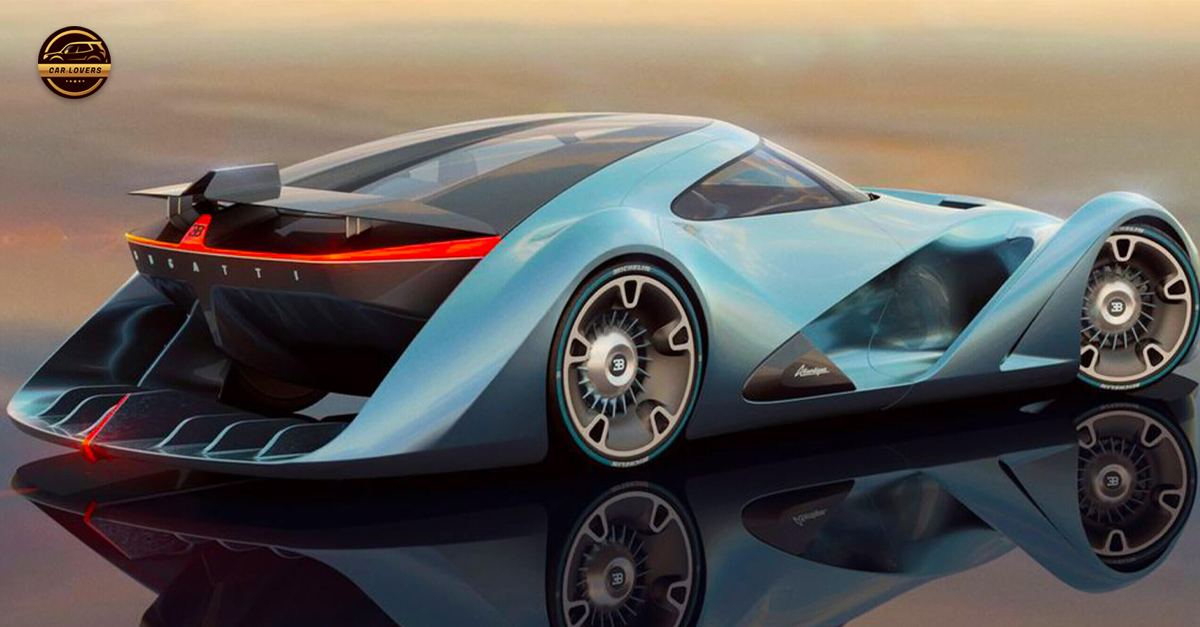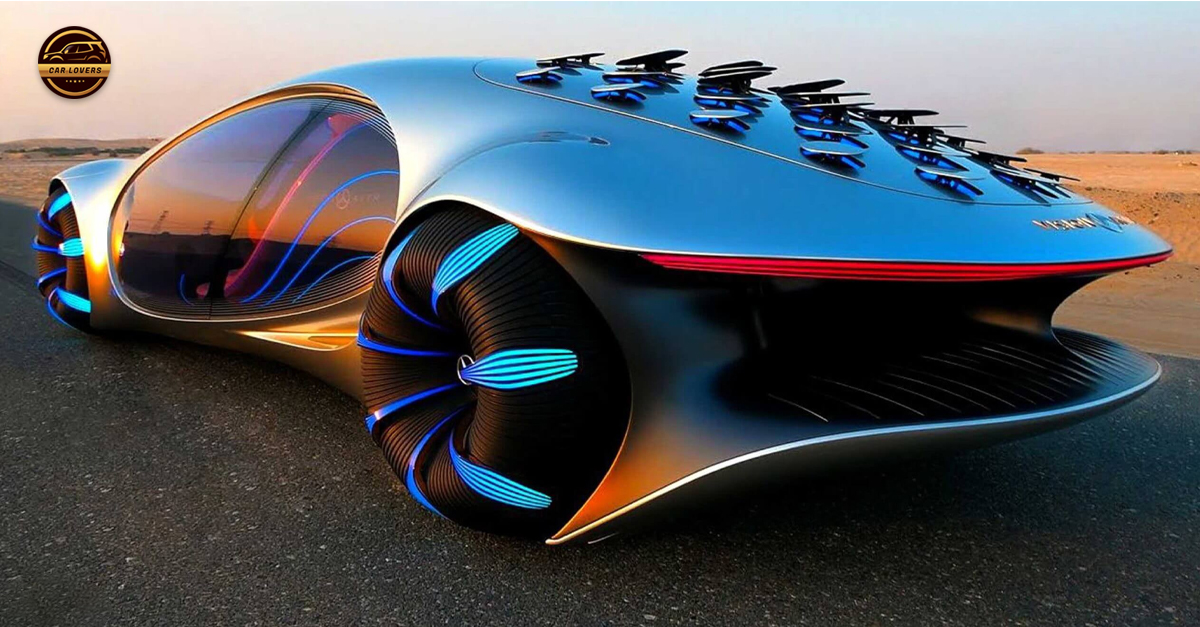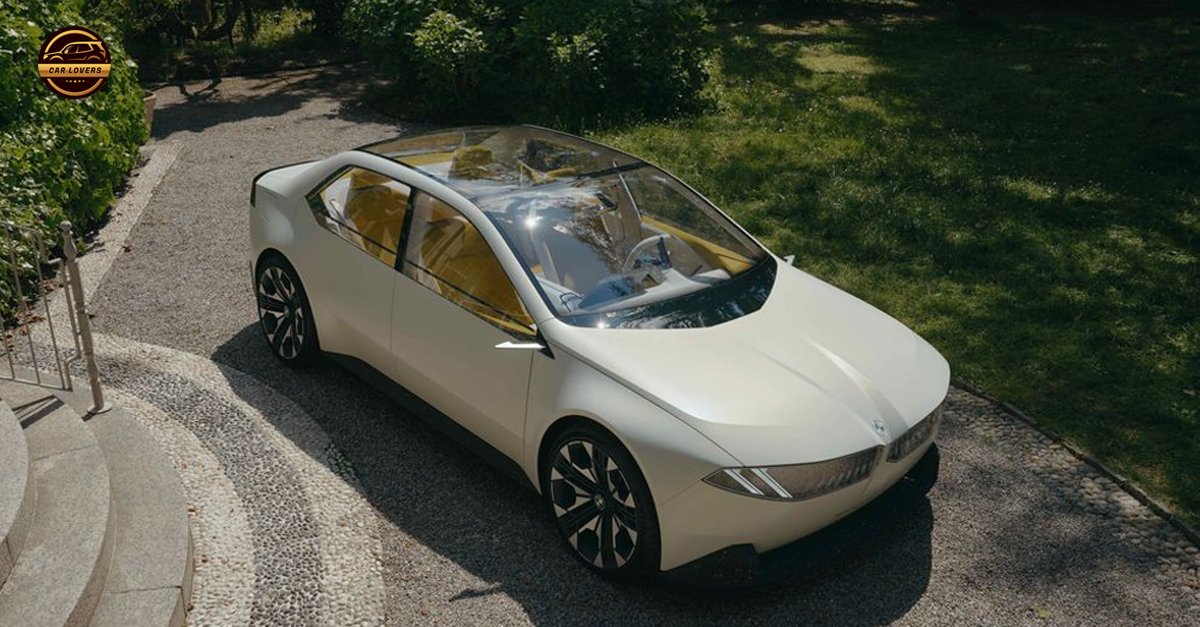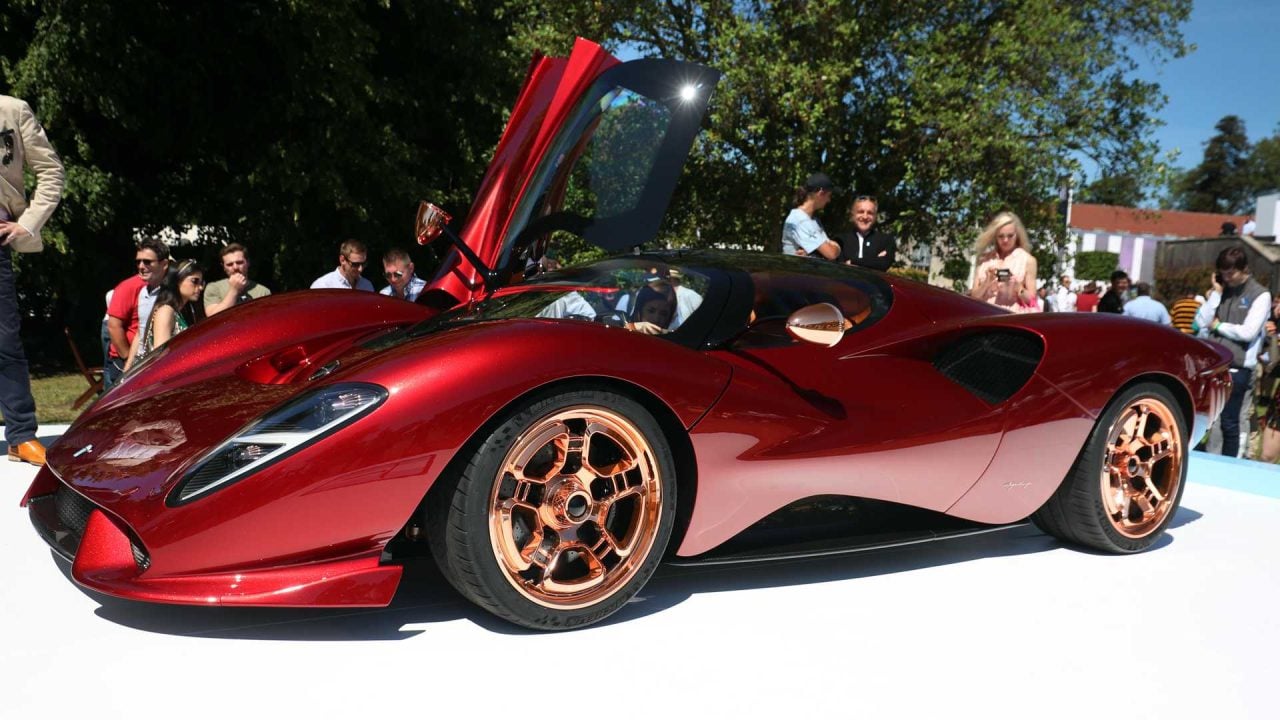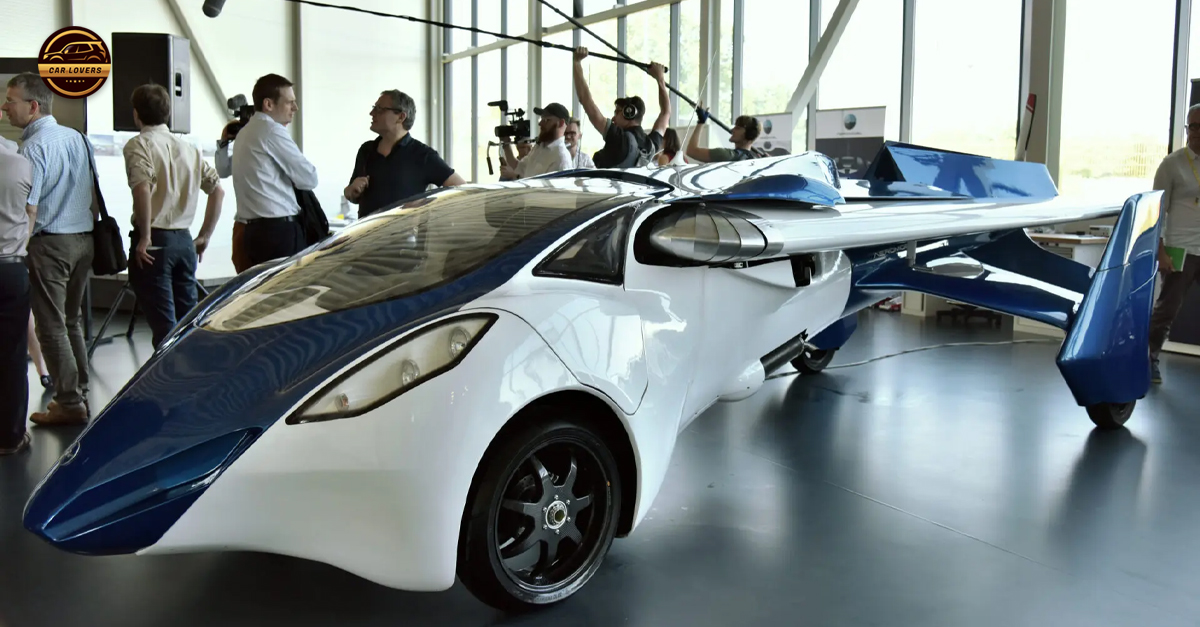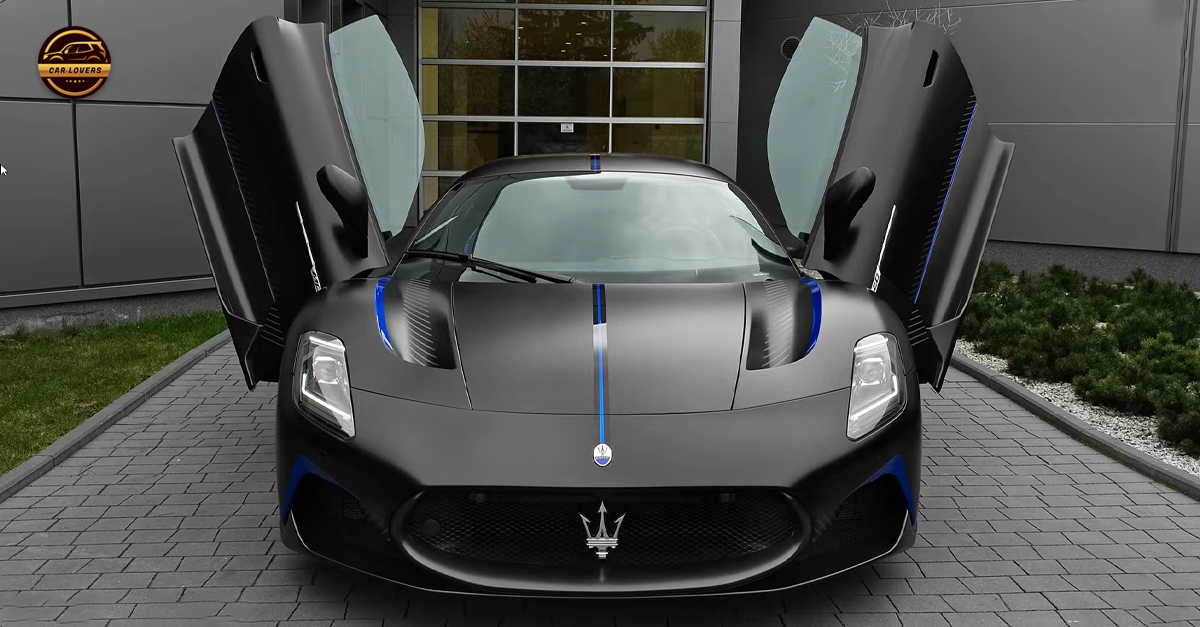
The 1997 Lotus Elise is a car that revolutionized the sports car market with its exceptional balance of performance, design, and simplicity. Revered for its lightweight construction and razor-sharp handling, the Elise has become a timeless icon. Here’s a closer look at why the 1997 Lotus Elise stands out as a legendary vehicle in automotive history.
A Design Philosophy Rooted in Simplicity

The Elise was designed with a singular focus: to deliver a pure and unadulterated driving experience. Colin Chapman, the founder of Lotus, famously emphasized the importance of lightness in car design, and the Elise embodies this philosophy. The car’s minimalist approach, with its compact size and lack of unnecessary frills, results in an agile and responsive machine that is incredibly fun to drive.
Lightweight Construction

At the heart of the 1997 Lotus Elise is its innovative aluminum chassis. This bonded and extruded aluminum frame provides exceptional rigidity while keeping the weight to an astonishingly low 1,598 pounds (725 kg). The lightweight construction enhances the car’s agility, allowing for quick acceleration and precise handling. The Elise’s body is made from fiberglass-reinforced plastic, further reducing weight without sacrificing durability.
Exhilarating Performance

Powering the 1997 Lotus Elise is a 1.8-liter inline-four engine sourced from Rover, producing 118 horsepower. While this might seem modest by today’s standards, the car’s lightweight design allows it to accelerate from 0 to 60 mph in just 5.8 seconds. The engine’s placement behind the driver contributes to the Elise’s balanced weight distribution, enhancing its cornering capabilities and providing a thrilling driving experience.
Razor-Sharp Handling

The 1997 Lotus Elise is renowned for its exceptional handling. The car’s low center of gravity, combined with its lightweight construction and well-tuned suspension, results in razor-sharp responsiveness. The steering is direct and communicative, allowing the driver to feel every nuance of the road. Whether on a winding mountain pass or a racetrack, the Elise delivers a level of engagement and feedback that few cars can match.
A Spartan Yet Functional Interior

The interior of the 1997 Lotus Elise is as focused as its exterior. The cockpit is designed for driving purists, with supportive bucket seats, a simple dashboard layout, and minimal distractions. The exposed aluminum elements and lack of heavy sound insulation contribute to the car’s lightweight ethos. While it may lack the luxury features of more modern sports cars, the Elise’s interior is all about connecting the driver with the road.
Cult Status and Legacy

The 1997 Lotus Elise quickly achieved cult status among car enthusiasts and remains a beloved model to this day. Its influence on the sports car market is undeniable, inspiring a new generation of lightweight performance vehicles. The Elise’s success also paved the way for future iterations and special editions, solidifying Lotus’s reputation as a maker of driver-focused cars.
Conclusion
The 1997 Lotus Elise is a shining example of how simplicity and lightweight construction can create an extraordinary driving machine. Its design, performance, and handling set new standards in the sports car world, making it a legend in automotive history. For those who seek the purest driving experience, the 1997 Lotus Elise remains an enduring icon, embodying the very essence of what a true sports car should be.
